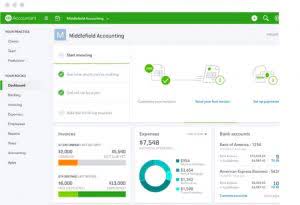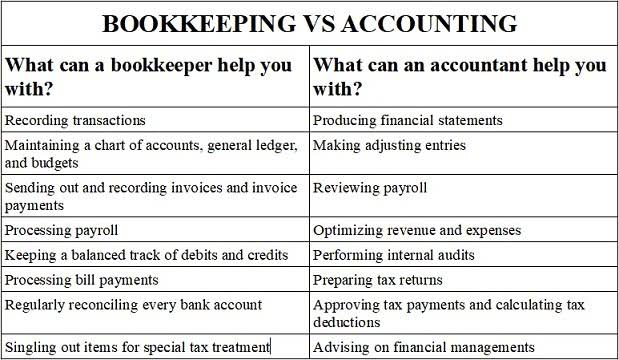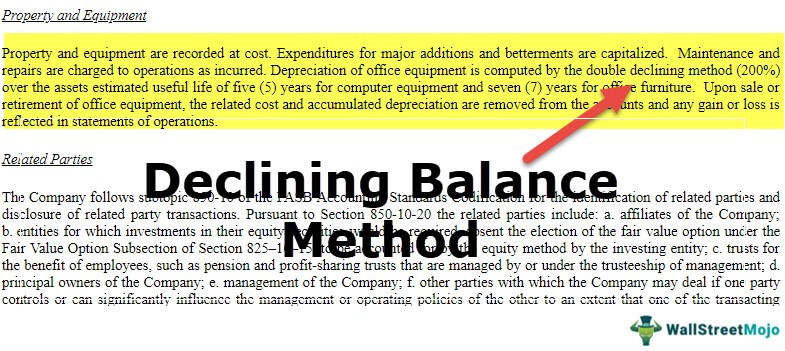This integration facilitates better tracking of customer invoices, payments, and overall financial interactions. Electronic bookkeeping offers businesses the advantage of accessibility and flexibility in managing their financial records. With traditional methods, accessing and retrieving financial information often involves searching through physical files or contacting third parties. However, electronic bookkeeping allows for instant access to financial data from anywhere, at any time. In addition to time-saving in day-to-day bookkeeping tasks, electronic bookkeeping also saves time during audits or when dealing with financial compliance requirements.
Increasing Security
Digitalization simplifies work and eliminates mistakes when you update your books. Bookkeeping is an important process that makes sure your accounting books are updated and mistakes-free. Employees tasked to do bookkeeping will process several transactions and input numerous financial data.
- With the advent of electronic bookkeeping, financial management has been revolutionized, offering numerous advantages and benefits.
- Online bookkeepers can provide you with consistent, efficient reporting and financial analysis using the tools.
- Digital tools make it more convenient to process groups of data and identify which sets are beneficial to your company.
- For a business to run smoothly and function well, it is important to ensure that the finances of the business are well-managed and taken care of.
- With proper security protocols in place, businesses can protect sensitive financial information and ensure confidentiality.
Conclusion: Which Bookkeeping Method is Best for Your Business?
It can include accounting software, bookkeeping tools, and even bookkeeping service providers. In addition, electronic bookkeeping supports scenario modeling and “what-if” analysis. By manipulating financial data in the system, businesses can simulate different scenarios and evaluate the potential outcomes. This empowers businesses to make more informed decisions by considering various possibilities and understanding the financial impact before committing resources.
We help eCommerce businesses master their finances.
Moreover, electronic bookkeeping streamlines the process of reconciling accounts. Manual reconciliation can be time-consuming and tedious, requiring cross-referencing of multiple documents and transactions. However, electronic bookkeeping systems can automatically match transactions, making the reconciliation process faster, more accurate, and less prone to errors.
- One of the biggest benefits of automation is that it frees up time for strategic work.
- Unlike traditional methods that rely on physical ledgers and paper documents, digital bookkeeping leverages technology to streamline and automate many aspects of financial management.
- Implementing electronic bookkeeping systems empowers businesses to make informed financial decisions, optimize their operations, and drive growth in today’s fast-paced digital world.
- Upload the financial information to a cloud-based platform and categorize your data based on date, transaction type, name, and others.
Enhanced Data Security
As an online bookkeeper, IBN’s systematic accounting procedures and methods are beneficial in such situations. Our online accounting and bookkeeping outsourcing services may assist you with your tiny growing company. Instead, they can avail online bookkeeping services to drive fortunes for their business.
Costs Low
Another advantage of digital bookkeeping is having the financial data at your fingertips. The software extends the benefit of accessing real-time financial data anywhere and at any time. Traditional bookkeeping relies heavily on manual work, which can present significant obstacles as businesses try to maintain accurate financial records.
Integration capabilities of electronic bookkeeping systems with other software applications, such as CRM or inventory management software, further enhance financial decision-making. For example, integrating sales data from a CRM system with financial data allows businesses to analyze the relationship between sales activities and financial performance. This integration provides insights into customer behavior, product performance, and revenue trends, enabling businesses to make data-driven decisions to optimize sales strategies. Furthermore, electronic bookkeeping systems often offer built-in reporting features that generate financial statements and reports required for auditing purposes. These systems can generate standardized and customizable reports, such as balance sheets, income statements, and cash flow statements.
Start using electronic bookkeeping today and see your business reach new levels of success. Integration with online banking is a valuable feature of electronic bookkeeping that simplifies financial management for businesses. Traditional manual bookkeeping methods often require manual entry of bank transactions and reconciling accounts, which can be time-consuming and prone to errors. However, electronic bookkeeping systems offer seamless integration with online banking, providing businesses with direct access to their bank accounts and streamlining financial processes. Businesses can leverage this integration to ensure accurate and up-to-date financial records, minimize manual data entry, and optimize their financial operations. Another significant time-saving advantage of electronic bookkeeping is the ability to generate real-time reports and financial statements.
Best Accounting Software Small Business for 2024
Manual bookkeeping comes with challenges that might prevent companies from reaching optimum efficiency. Schedule a free demo to see our solution in action, or contact our SpendControl specialists for more details.
Intrusion Detection Systems
Business owners can now handle their financial tasks from anywhere, whether they’re at the office, at home, or on the go. This level of convenience means no more waiting to get back to a desktop computer to check on financial matters. Being able to access financial data during normal business hours is what makes information so useful. However, if you are working with a staff accountant, you will only be able to access data Monday through Friday from 9 to 5. If you want to guarantee that your future financials are error-free, an online bookkeeping firm can audit and troubleshoot your books, ensuring you’re back on track.
Automated backups provide businesses with peace of mind, knowing that their financial data is securely stored and can be restored if necessary. With electronic bookkeeping systems, data is entered and stored electronically, Accounting For Architects significantly reducing the chance of errors. These systems often have built-in validation checks and data integrity measures to ensure accuracy. This helps businesses maintain reliable and precise financial records, which are essential for making informed business decisions. Additionally, electronic bookkeeping systems can flag potential errors or inconsistencies, allowing businesses to address them promptly before they escalate. For small businesses, managing finances can be difficult, especially with limited resources.
Paper documents can easily get lost, damaged, or misplaced, which can have serious implications for business operations and compliance requirements. Electronic bookkeeping eliminates these risks by providing a secure and efficient way of storing and accessing financial records. Protecting your financial data is crucial, and virtual bookkeeping offers robust security measures to safeguard your information. Advanced encryption, secure cloud storage, and regular data backups protect your financial records from unauthorized access and potential data breaches. This level of security provides peace of mind, knowing your sensitive financial information is safe and secure.










